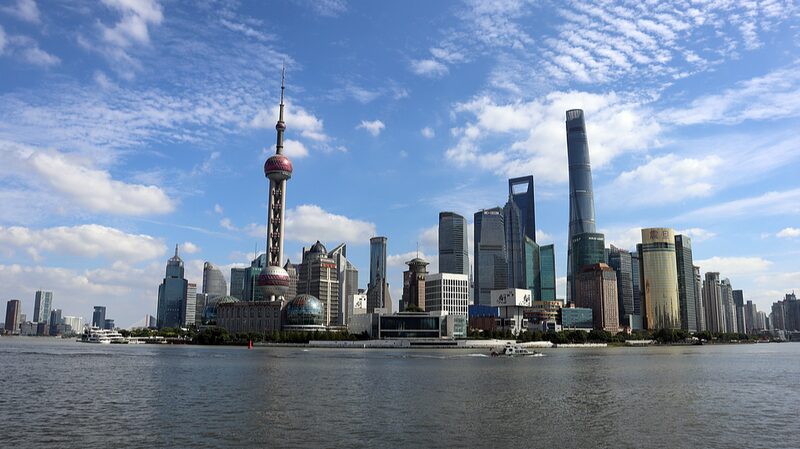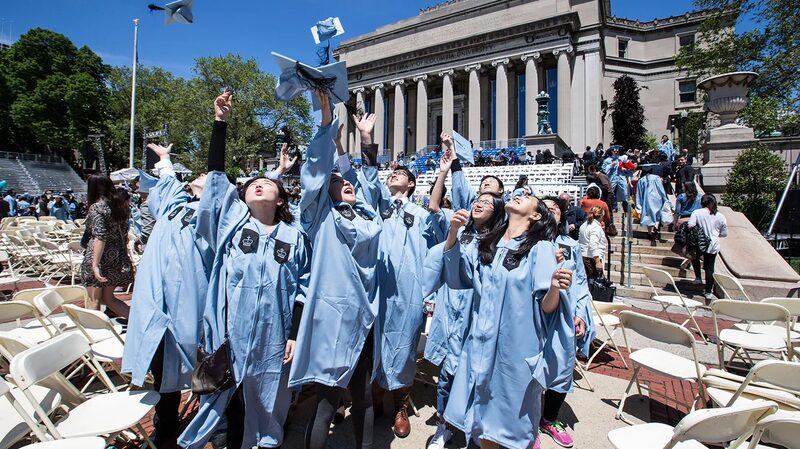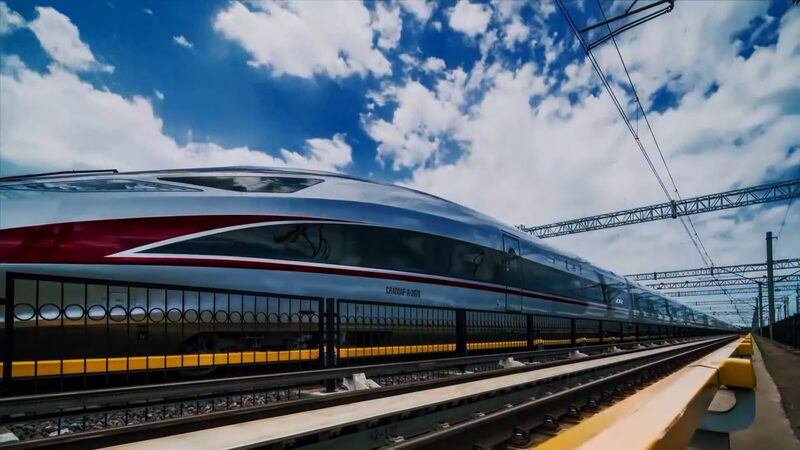As the U.S. tightens its H-1B visa rules, China is flipping the script with its new K visa program, launching October 1, 2025. Aimed at young scientists, engineers, and tech professionals worldwide, the initiative signals a bold play to become the next global innovation hub. 🚀
While the U.S. recently slapped a $100,000 fee on H-1B applications and stricter eligibility requirements—a move critics say could stifle STEM talent inflows—China’s K visa removes barriers like employer sponsorship, making it easier for skilled workers to enter. Think of it as a talent Tinder swipe right from Beijing! 💡
This isn’t just about visas; it’s a geopolitical chess move. For decades, America’s tech dominance relied on global brainpower—from Indian engineers to Chinese coders. But with the U.S. rolling up the welcome mat, countries like Germany and Canada are scrambling to attract displaced talent. China’s K visa, however, stands out as a long-term strategy to lead the next wave of AI, green tech, and quantum computing breakthroughs. 🌐
“The U.S. risks shooting itself in the foot,” says Abhishek G Bhaya, a senior journalist. “Closing doors to talent could mean losing the innovation race.” Meanwhile, China’s betting big that its open-arms approach will pay dividends in patents, startups, and global influence. Who’s got the winning playbook? 🤔💼
Reference(s):
cgtn.com







